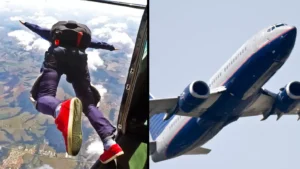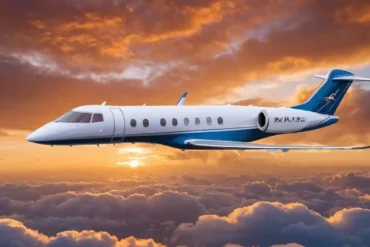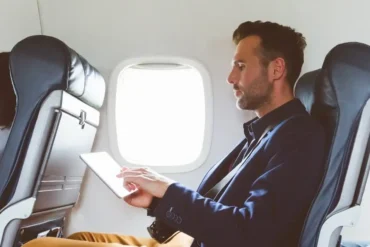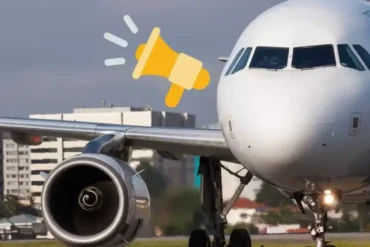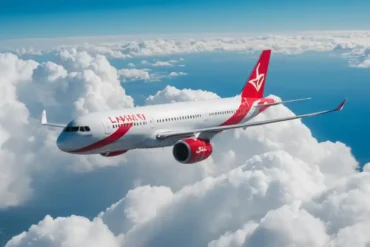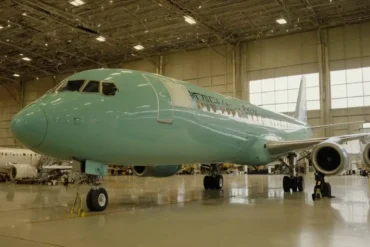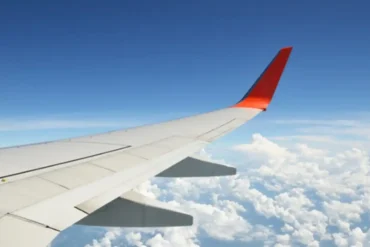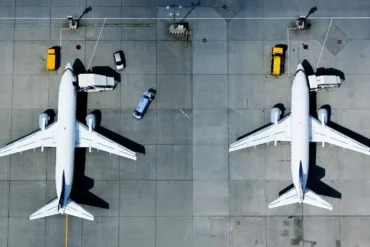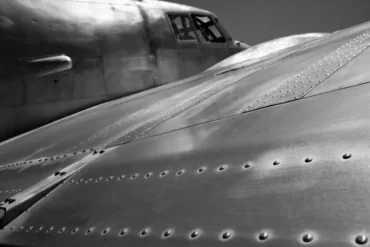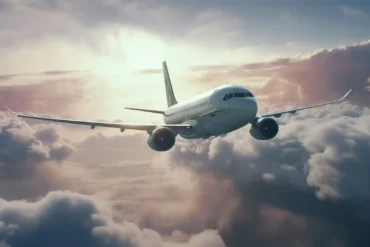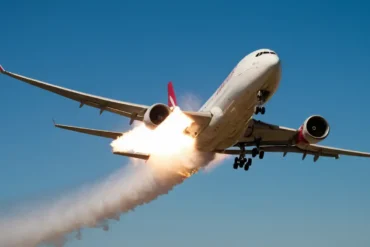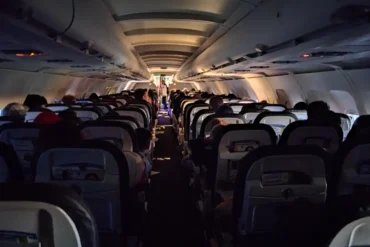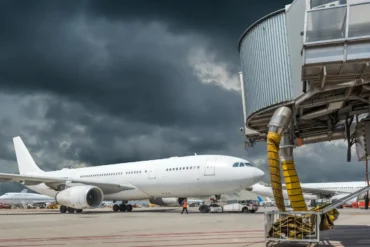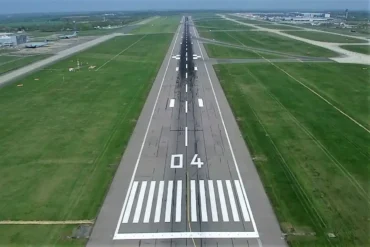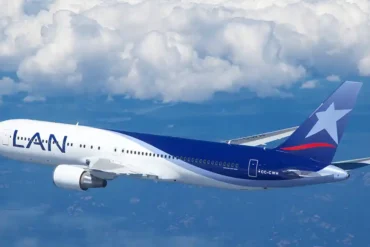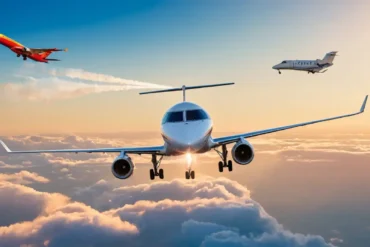Have you ever wondered why commercial planes don’t have parachutes? Well, it’s not as simple as you might think! Unlike military planes, passenger aircraft skip the chutes for a few good reasons. The main one? Training. Using a parachute isn’t just about jumping out and pulling a cord. Even with an instructor, you’d need at least 30 minutes of training to skydive safely. In an emergency on a commercial flight, there’s just no time for that.
Think about it: skydiving is a carefully planned activity under perfect conditions. But commercial flights? They deal with unexpected issues at much higher altitudes. While skydivers jump from below 16,000 feet, pilots cruise around 35,000 feet. At that height, there’s less air to breathe and it’s super cold. Without oxygen, high-altitude jumps are incredibly dangerous. Plus, commercial planes aren’t built for skydiving, which adds even more risks.
Now, here’s a fun fact: you can actually bring parachutes on planes! They’re allowed in carry-ons or checked bags, but there are some rules. You need to pack them separately and be ready for inspection. But don’t worry – emergencies requiring parachutes are extremely rare on commercial flights. These planes have amazing safety records, so parachutes aren’t really necessary.
You might be wondering about the pilots. Why don’t they carry personal parachutes? Well, commercial flying is a whole different ball game compared to planned skydives. The unpredictable situations at high altitudes make parachutes too risky for pilots to use. But here’s the good news: the focus on safety means crews are unlikely to ever need them.
So, to sum it up: parachutes need training that most airline passengers don’t have. And the high-altitude environment makes them dangerous for commercial flights. But thanks to all the safety measures in place, emergencies that would require parachutes almost never happen. Isn’t that reassuring? Next time you fly, you can sit back, relax, and enjoy the ride!
